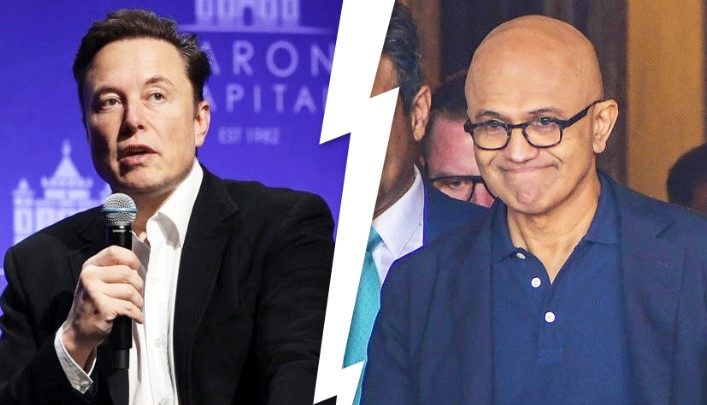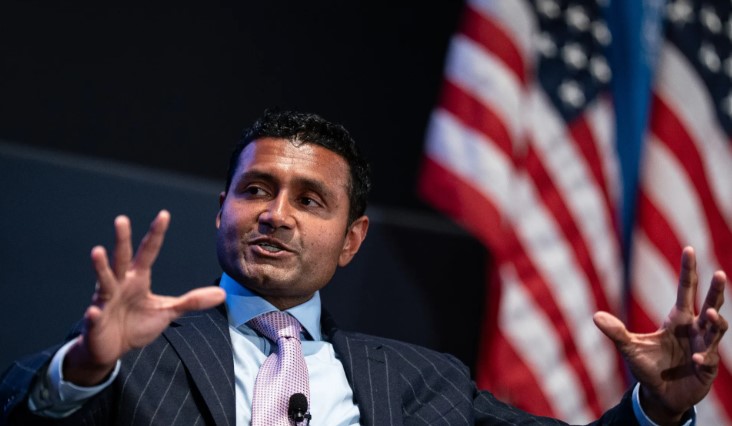Rupee at Risk of Lifetime Low as Trump Threatens Tariffs on Indian Goods
The rupee at risk of lifetime low has become a growing concern for investors and policymakers after former U.S. President Donald Trump issued fresh threats to increase tariffs on Indian exports. This development, coupled with existing global trade uncertainties and foreign outflow pressures, is pushing the Indian rupee closer to a historic depreciation.
According to market experts, the Indian rupee could slip past the crucial 88 mark against the U.S. dollar, hitting a new record low. The one-month non-deliverable forward (NDF) rate showed expectations of the rupee trading in the 88.00–88.04 range on Tuesday, compared to Monday’s close of 87.6550. The previous lifetime low of the rupee was 87.95, recorded in February this year.

What Triggered the Fall?
The sudden pressure on the rupee stems largely from Trump’s renewed threat to impose steeper tariffs on Indian goods. He cited India's continued import and resale of Russian oil as a major reason for the U.S.'s hardening stance. These remarks have sparked unease among investors, who fear further escalation in U.S.-India trade tensions.
India’s Ministry of External Affairs responded promptly, affirming that the country will take all measures necessary to safeguard its economic sovereignty and national interests. Despite these assurances, the market remains wary.
Table of Contents
ToggleMUFG Bank, in a recent note, said:
“Whether this barrage of comments is a negotiation tactic or part of a broader geopolitical pressure campaign related to the Russia-Ukraine conflict remains unclear. But the timing and tone have certainly unsettled the market.”

A Fragile Sentiment Turned Worse
Even before Trump’s latest comments, the sentiment around the Indian currency was already fragile. Last week, the U.S. administration unexpectedly imposed a 25% tariff on a range of Indian exports. This unexpected move dampened hopes of an early bilateral trade deal, which was being seen as a potential boost to investor confidence.
On Monday, despite a broadly weaker dollar, the rupee struggled to stay above the 87.20 level during intraday trading. As tensions escalated, the currency slipped once again, reinforcing the idea that external factors now play a dominant role in determining the rupee’s direction.
A senior trader at a major private Indian bank commented:
“Today was already shaping up to be tough, and Trump’s latest threat just added fuel to the fire. The RBI will not sit idle — we expect some sort of intervention to stabilize the exchange rate.”
RBI Likely to Intervene
The Reserve Bank of India (RBI) has a long-standing policy of maintaining currency stability without targeting a specific exchange rate. However, sudden and sharp movements — especially due to speculative forces or geopolitical noise — often invite measured RBI intervention in the forex markets.
Given the possibility of increased foreign portfolio outflows triggered by this U.S.-India standoff, analysts expect the RBI to step in to prevent excessive volatility.
Historically, the RBI has maintained a forex war chest of over $600 billion, allowing it to cushion the rupee against extreme shocks. However, if the pressure sustains and becomes structural, even RBI’s reserves might be tested.
Foreign Outflows Add to the Pressure
India has seen consistent foreign portfolio investments over the past two quarters. But rising trade tensions could reverse that trend.
“If the U.S. narrative against India continues to harden, foreign investors may choose to exit risk-sensitive Indian equities,” noted a foreign exchange strategist. “This would increase dollar demand and weaken the rupee further.”
This concern is particularly relevant given India’s dependence on external capital for maintaining its current account balance. Any sustained outflows could put further pressure on the rupee’s long-term trajectory.
What Lies Ahead?
With the rupee at the brink of another record low, markets are bracing for a volatile week. The trajectory will largely depend on:
The tone of future U.S. statements about Indian trade.
Whether India retaliates or seeks diplomatic de-escalation.
The scale of RBI’s intervention, if any.
Direction of global oil prices, since India is a major importer.
Strength or weakness in the U.S. dollar index.
Analysts believe that unless tensions cool off quickly, the rupee may test 88.50 levels, marking a new all-time low.
Conclusion
The rupee at risk of lifetime low is not just a number—it reflects the complex interplay between geopolitics, trade policies, and investor confidence. As Trump’s tariff threats unsettle markets, India’s response and the RBI’s next move will be crucial in determining the short- to medium-term outlook for the Indian currency.
For now, investors and businesses exposed to foreign exchange risks must remain vigilant, diversify their currency exposure, and prepare for a potentially prolonged period of volatility.
Centre’s Approval of New Chip Plant in Andhra Sparks Telangana’s Anger Over Alleged Bias
Centre’s Approval of New Chip Plant in Andhra Sparks Telangana’s Anger Over Alleged Bias The Chip plant approval in Andhra Pradesh […]
Elon Musk Warns Satya Nadella About OpenAI After GPT-5 Launch: Microsoft CEO Responds
Elon Musk Warns Satya Nadella About OpenAI After GPT-5 Launch: Microsoft CEO Responds Elon Musk warns Satya Nadella about OpenAI […]
Who Is Shyam Sankar? The Billionaire Technologist Powering Palantir’s AI Boom Shyam Sankar, Palantir Technologies’ Chief Technology Officer, is emerging […]
Tata Harrier EV Range Test & Review
Tata Harrier EV Range Test & Review Tata Harrier EV range test results are finally out, and the numbers are […]
China Electronics Investment Tied to Tech Transfer in India
China Electronics Investment Tied to Tech Transfer in India The future of China electronics investment in India may rest on […]
HDFC AMC Q1 Results: Net Profit Jumps 24% to ₹748 Crore, Income Rises 26.5% HDFC AMC Q1 results for the […]






